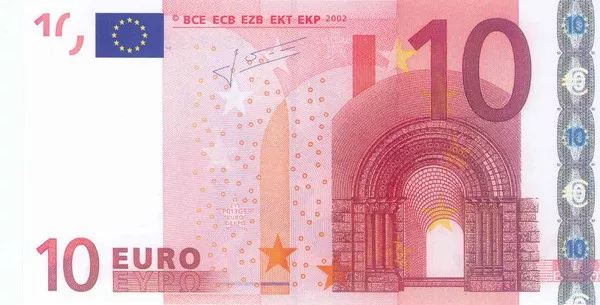The euro, the official currency of the Eurozone, has experienced fluctuations in its value over the years. Investors, economists, and financial experts are keenly interested in predicting when the euro will rebound from its current state. Understanding the factors influencing the euro’s performance is essential for making informed projections about its future trajectory.
Economic Indicators and Monetary Policy
One of the key determinants of a currency’s strength is the economic health of the region it represents. The Eurozone’s economic indicators play a crucial role in assessing the euro’s potential for recovery. Metrics such as GDP growth, unemployment rates, and inflation levels provide insights into the overall economic condition.
Monetary policy, particularly that of the European Central Bank (ECB), also plays a significant role. The ECB’s decisions on interest rates, quantitative easing, and other monetary tools have a direct impact on the euro’s value. Investors closely monitor statements and actions from the ECB, as they can signal potential shifts in the currency’s performance.
Global Economic Conditions
The global economic environment has a profound impact on major currencies, including the euro. Factors such as international trade tensions, geopolitical events, and global economic trends can influence investor sentiment and affect the euro’s value.
For instance, if the global economy experiences a downturn, investors may seek safe-haven assets, potentially leading to an increase in demand for the euro. On the other hand, positive global economic conditions may encourage riskier investments, diverting capital away from the euro.
Trade Balances and External Factors
Trade balances and external factors also contribute to the euro’s performance. A trade surplus, where the Eurozone exports more than it imports, can positively impact the currency’s value. Conversely, a trade deficit may put downward pressure on the euro.
Political stability within the Eurozone and its member countries is crucial for maintaining investor confidence. Political events, such as elections, government policies, and diplomatic relations, can either bolster or undermine the euro. Investors often scrutinize political developments to anticipate potential impacts on the currency.
See Also How Low Can The Euro Go? A Detailed Analysis
Pandemic Recovery and Eurozone Resilience
The COVID-19 pandemic has had a profound impact on the global economy, and the Eurozone is no exception. The speed and effectiveness of the region’s recovery efforts can significantly influence the euro’s trajectory. Successful vaccination campaigns, economic stimulus packages, and robust recovery plans contribute to positive investor sentiment.
Moreover, the Eurozone’s resilience in the face of economic challenges is a key factor. The ability of member countries to collaborate and implement cohesive economic policies can enhance the euro’s stability and attractiveness to investors.
Currency Market Dynamics
The foreign exchange market, or forex market, is highly dynamic and reacts to a multitude of factors on a daily basis. Traders closely follow market sentiment, technical analysis, and fundamental indicators to make decisions. The interplay of supply and demand in the forex market is a fundamental driver of currency values, including the euro.
Speculative activities, algorithmic trading, and market sentiment can create short-term fluctuations. While these dynamics may not provide a long-term view, they do contribute to the day-to-day movements in the euro’s value. A comprehensive analysis must consider both short-term market dynamics and long-term economic fundamentals.
Long-Term Structural Reforms
Structural reforms within the Eurozone can have lasting effects on the euro’s performance. Policies aimed at improving economic efficiency, reducing bureaucracy, and fostering innovation can enhance the region’s competitiveness. Long-term structural changes contribute to sustainable economic growth, positively impacting the euro.
The Eurozone’s ability to address underlying issues, such as structural imbalances among member countries, will play a crucial role in determining the euro’s future. Investors are likely to respond positively to well-executed reforms that strengthen the economic foundation of the Eurozone.
Conclusion
Predicting when the euro will rise again involves a multifaceted analysis of economic, political, and global factors. While short-term fluctuations in the currency market may be influenced by speculative activities, long-term trends are shaped by fundamental economic indicators and policy decisions.
Investors and analysts must carefully monitor economic data, central bank policies, and global developments to make informed projections about the euro’s future trajectory. Structural reforms, pandemic recovery efforts, and geopolitical stability within the Euro zone are pivotal in shaping the currency’s resilience and potential for growth.
Ultimately, the future of the euro depends on a delicate balance of internal and external factors. As the global economic landscape evolves, so too will the prospects for the euro’s resurgence. Investors and stakeholders should remain vigilant and adaptive, considering the dynamic nature of the currency market in their assessments.


